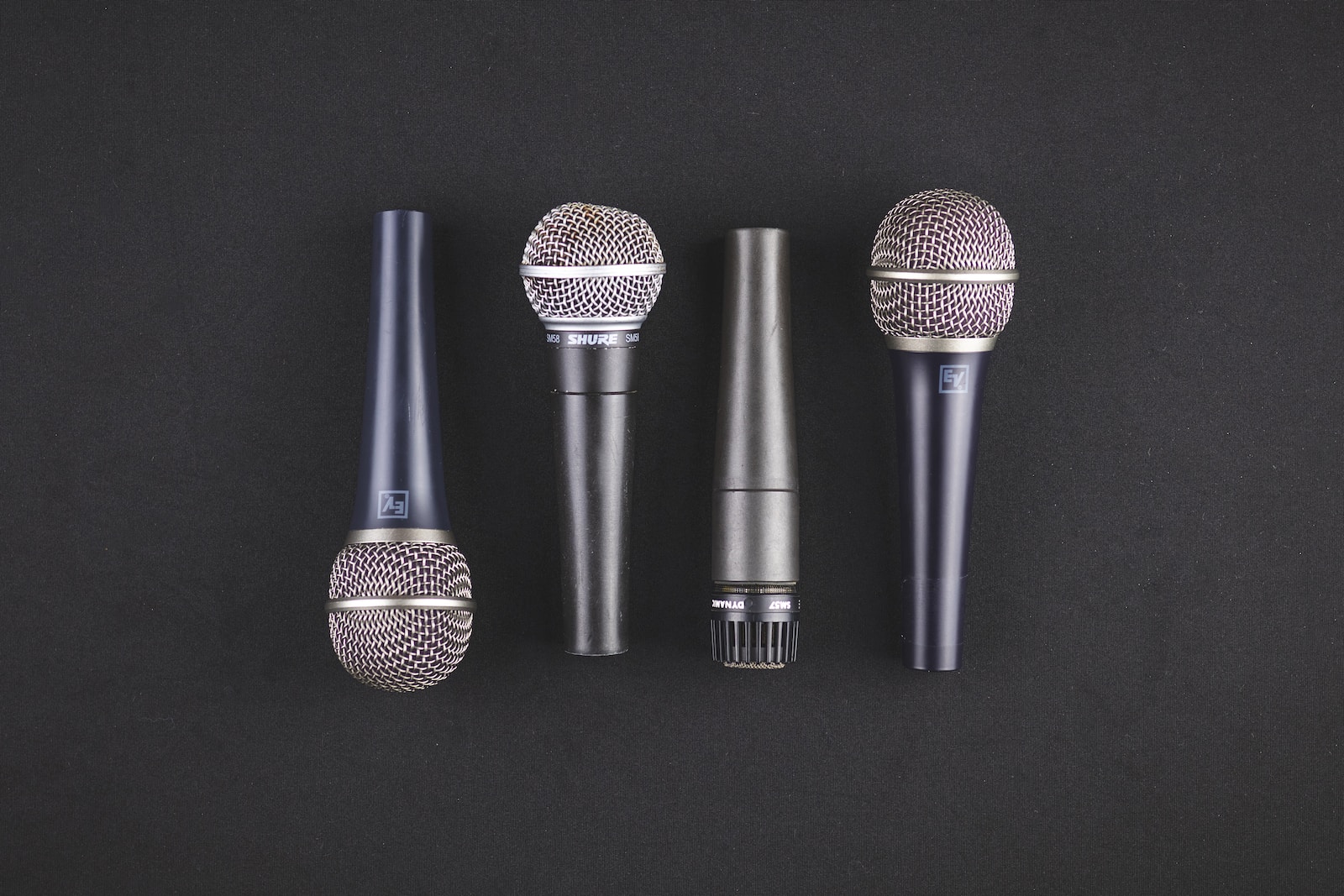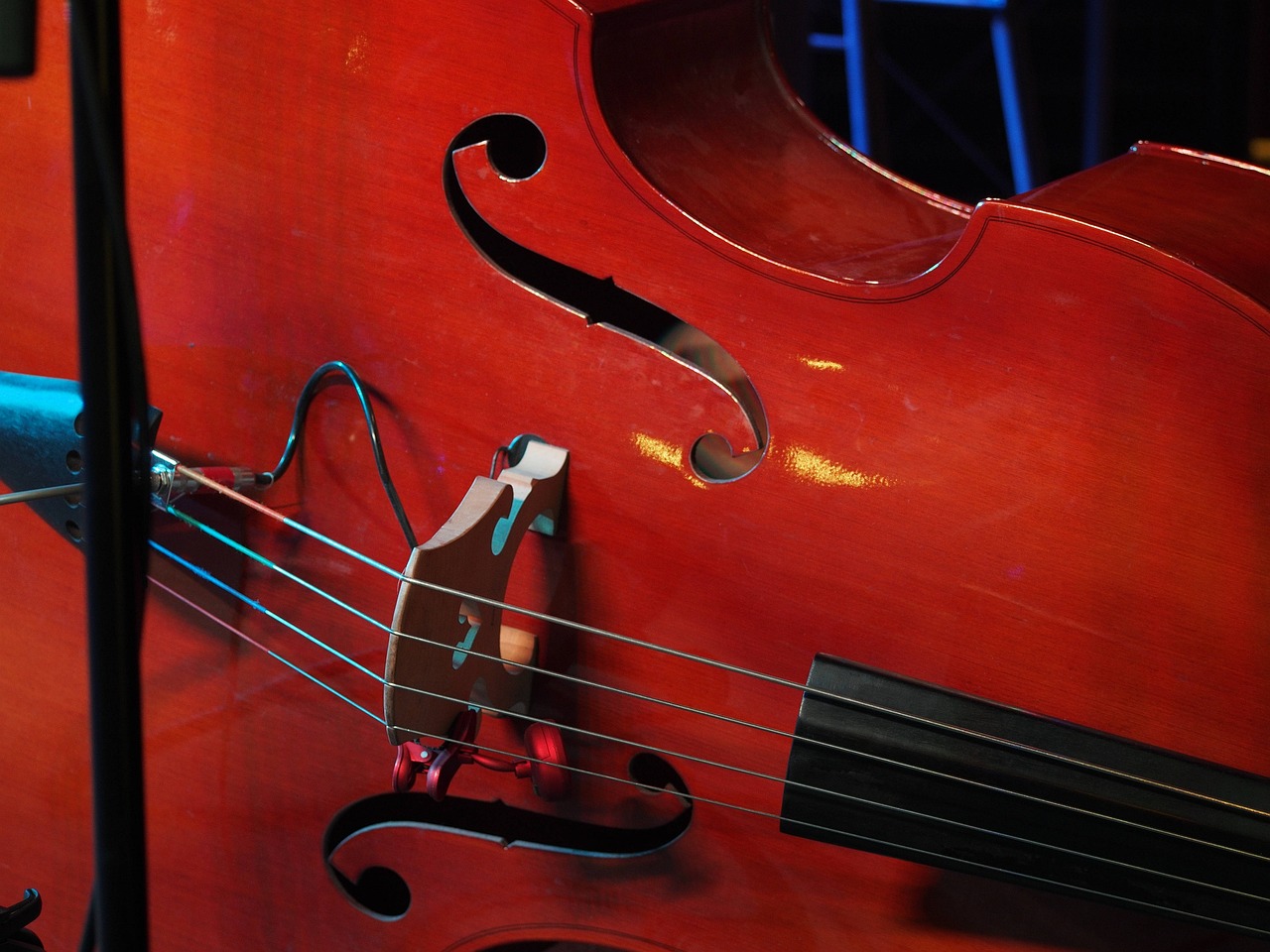Mics (short for microphones) and pickups are both used to capture sound, but they work in slightly different ways and are used for different purposes.

Microphone
A microphone is a device that converts sound waves in the air into an electrical signal. Microphones can be used to capture sound from a wide variety of sources, including vocals, musical instruments, and ambient noise. There are many different types of microphones, including dynamic, condenser, ribbon, and USB microphones. Microphones can be either directional or omnidirectional, meaning they can capture sound from a specific direction or from all directions.
One of the main differences between mics and pickups is their frequency response. Microphones typically have a broader frequency response than pickups, which means they can capture a wider range of frequencies. This is why microphones are often used in recording studios and live performances to capture the full range of sound produced by a vocalist or musical instrument.
Advantages of Microphones:
- Versatility: Microphones are versatile and can be used to capture a wide range of sounds, including vocals, ambient noise, and various musical instruments.
- Sound Quality: In many cases, microphones can provide better sound quality than pickups, especially when recording or amplifying acoustic instruments or live sound sources.
- Directionality: Microphones can be directional or omnidirectional, allowing for greater control over the capture of sound.
- Sensitivity to Ambient Noise: Microphones can be more sensitive to ambient noise and feedback than pickups, which can be a problem in live performances or recording sessions.
- Less Convenient: Microphones require stands, cables, and other accessories, which can be less convenient than simply attaching a pickup to an instrument.
- Sound Alteration: Microphones can alter the sound of the source, especially if the microphone is not placed in the correct position.

Pickup
A pickup, on the other hand, is a device that is specifically designed to capture the sound of a musical instrument, such as an acoustic guitar or a violin. Pickups are typically attached to the body of the instrument and use magnetic or piezoelectric sensors to convert the vibrations of the instrument into an electrical signal.
Unlike microphones, pickups are designed to capture a specific sound of an instrument, are not as versatile as microphones, and are often used in live performances or in situations where feedback or ambient noise may be a problem. They are also often used in recording studios to capture the sound of an instrument in a more controlled environment.
Advantages of Pickups:
- Minimal Ambient Noise: Pickups are less sensitive to ambient noise and feedback, which makes them a good choice for live performances.
- Consistency: Pickups are consistent in their sound quality and can produce a reliable sound with little variation.
- Convenient: Pickups are convenient to use and can be attached to the instrument, making them easy to set up and use.
Disadvantages of Pickups:
- Limited Application: Pickups are designed for specific instruments and can produce a less natural sound than microphones.
- Sound Quality: Some musicians and audiophiles believe that pickups do not produce the same quality of sound as microphones.
- Lack of Directionality: Pickups do not have the same degree of directionality as microphones, which can be a disadvantage in some recording or amplification situations.
In general, you may need a microphone when you want to capture sound from a wide range of sources, including vocals, ambient noise, and various musical instruments. Microphones are versatile and can provide high-quality sound for recording, broadcasting, and live performances.
On the other hand, you may need a pickup when you want to amplify or record a specific musical instrument, such as an acoustic guitar, violin, or cello. Pickups are designed to capture the sound of the instrument itself and are less sensitive to ambient noise and feedback, which can make them a good choice for live performances.

